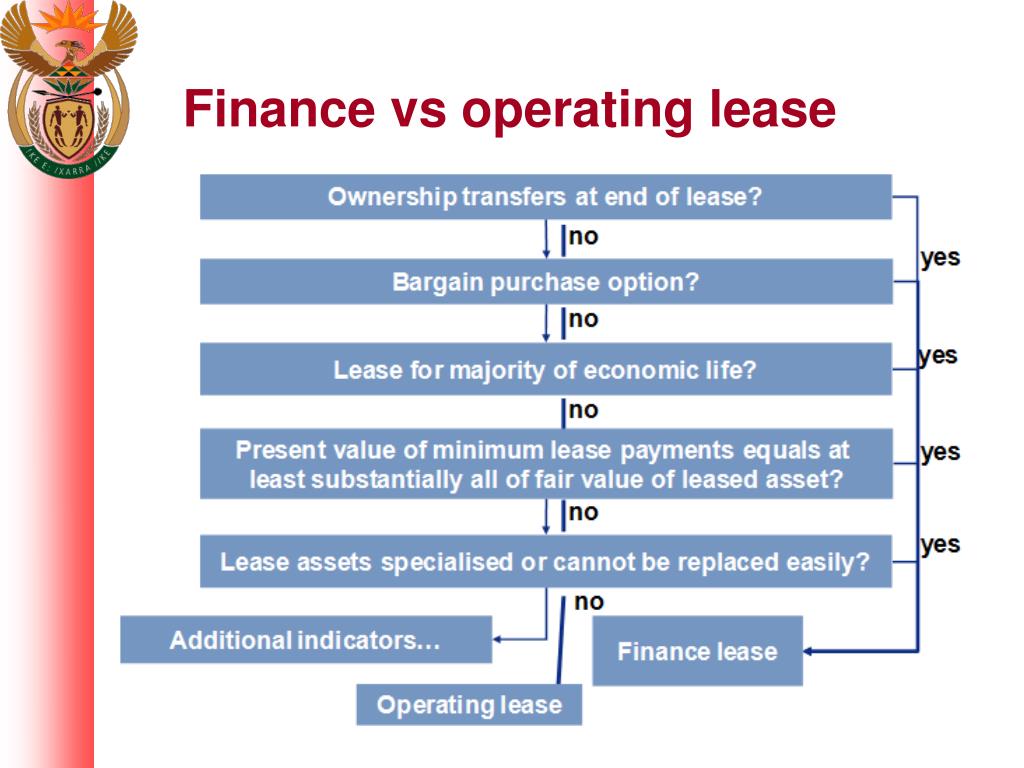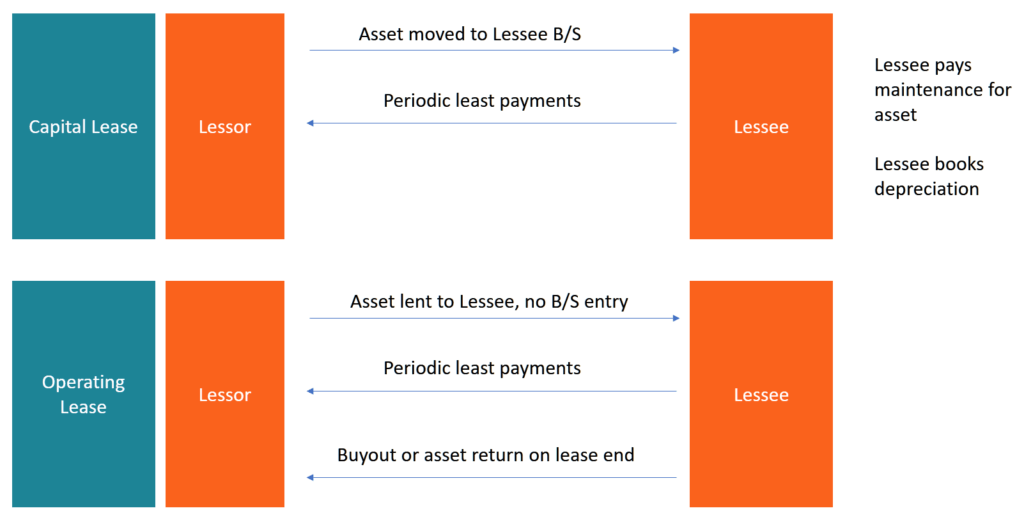

Monthly payments are mainly based on the difference between the cost of the new automobile (transaction price or capitalized cost), and what the car is forecasted to be worth at the end of the leasing period (residual value). Money factor, sometimes called "lease factor" or "lease fee," can be translated into the more common annual percentage rate (APR) by multiplying it by 2,400. One characteristic that is unique to car leasing is something called the money factor, which is an alternative method of presenting the amount of interest charged on a lease with monthly payments. There are many factors to consider in an auto lease, such as the initial down payment, the amount of the monthly payment, the term of the lease, and the average accumulated miles in a year. Leasing used cars is possible, but not as prevalent. However, it generally costs more to lease a new car for a specific time period than it does to own it (assuming the cost of ownership is prorated over its expected life). Leasing a CarĪuto leases enable people to drive new cars for a short term while under warranty, and without the financial burden associated with new car purchases. For more information or to do calculations involving depreciation, use the Depreciation Calculator. The term "residual value" is also often used to refer to the value of an asset after depreciation. One exception to this is real estate assets, which may have higher residual values after the lease period.

For most assets, the longer the lease period, the lower the residual value. Residual value is not exclusive to car leases, but can be leases of any type of asset, as long as it depreciates and can be sold at value once again. As an example, a car worth $30,000 that is leased for 3 years can have a residual value of $16,000 when the lease ends. It is most commonly associated with car leasing. Residual value, sometimes called salvage value, is an estimate of how much an asset will be worth at the end of its lease. In neither case is equity of the asset being rented or leased actually gained. By definition, a lease refers to the contractual agreement or contract itself, while rent refers to the periodic payment for the use of an asset. Other examples of leasable items include storage, conveyor belts, lighting, furnishings, software, server hardware, aircraft, cleaning equipment, and many more.Īlthough they are often used interchangeably, "lease" and "rent" technically have different meanings. Leasing is often associated with living spaces, working spaces, and cars, but mostly anything that can be owned can be leased. In a typical contractual agreement, the lessee obtains the right to use an asset or multiple assets belonging to the lessor for a specific term in return for regular rental payments. Related Auto Lease Calculator | Auto Loan CalculatorĪ lease is a contract made between a lessor (the legal owner of the asset) and a lessee (the person who wants to use the asset) for the use of an asset, bound by rules intended to protect both parties.


 0 kommentar(er)
0 kommentar(er)
